“Zinc Carbonate 500gm” has been added to your cart. View cart
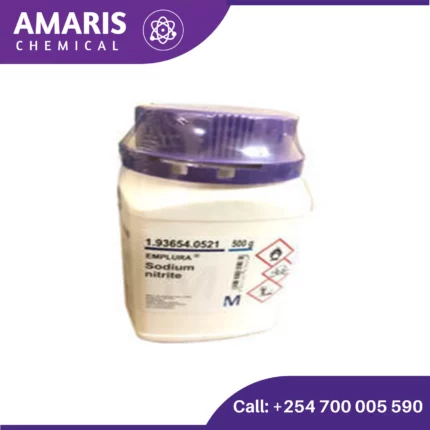
Sodium Nitrite 500gm
KSh390.00 Original price was: KSh390.00.KSh300.00Current price is: KSh300.00.
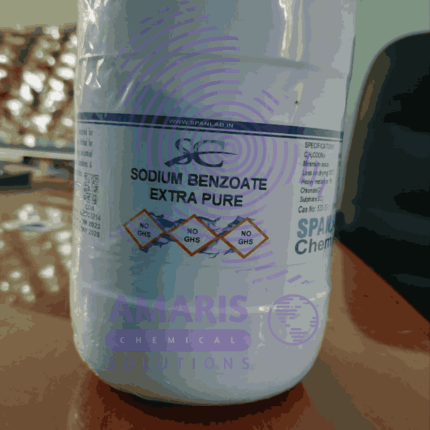
Sodium Benzoate 500gm
KSh445.00 Original price was: KSh445.00.KSh300.00Current price is: KSh300.00.
Sodium Oxalate 500gm
KSh1,050.00 Original price was: KSh1,050.00.KSh950.00Current price is: KSh950.00.
Sodium oxalate (Na₂C₂O₄), also known as disodium oxalate, is a white, crystalline solid with a variety of applications, including some specific uses in laboratories. Here’s a breakdown of its key properties, applications, and safety considerations:
Properties:
- Appearance: White crystalline solid
- Odor: Odorless
- Solubility: Low solubility in water, but increases with temperature
- Melting point: Decomposes above 290 °C (554 °F)
SKU:
ACS38998CHEM0
Categories: Analytical Reagents, Builders, Fertilizers
Description
Uses of Sodium Oxalate
- Standardizing Potassium Permanganate Solutions (Titration):
- In titrimetric analysis, a technique to determine the concentration of an unknown solution, sodium oxalate acts as a primary standard. This means it has a precisely known and highly reliable purity.
- Researchers use sodium oxalate solutions with a known concentration to standardize (determine the exact concentration) of potassium permanganate (KMnO₄) solutions. Potassium permanganate is a strong oxidizing agent used in many titrations.
- By accurately knowing the concentration of the sodium oxalate solution, researchers can then calculate the concentration of the potassium permanganate solution they are using for titrations. This ensures accurate measurements in subsequent experiments.
- Precipitation Reactions for Metal Ion Separation and Identification:
- Sodium oxalate can be a valuable tool in qualitative analysis experiments, which aim to identify the components present in an unknown solution.
- When sodium oxalate solution is added to a solution containing specific metal ions, it can trigger the formation of insoluble oxalate salts as precipitates (solid particles formed from a solution).
- Since different metal ions form oxalate salts with varying colors and solubilities, this precipitation reaction helps researchers separate and identify the specific metal ions present in the unknown solution based on the observed precipitate characteristics.
Reviews (0)
Be the first to review “Sodium Oxalate 500gm” Cancel reply
Shipping & Delivery
Related products
Ammonium sulphate 25kgs
Dicalcium phosphate 25kg
Dicalcium phosphate is a chemical compound with the formula CaHPO4. It is commonly used as a dietary supplement for its high calcium content, as well as a food additive and a pharmaceutical excipient. Dicalcium phosphate can be produced by reacting calcium carbonate or calcium hydroxide with phosphoric acid. It exists in various forms, including anhydrous and dihydrate, and is commonly used in the production of fertilizers, animal feed, and dental products.
Manganese sulphate
Trilium EDTA 25kg
Urea 50 kg
Urea is an organic compound with the chemical formula CO(NH2)2. It is a crystalline substance that is highly soluble in water. Urea is produced naturally in the bodies of mammals as a byproduct of protein metabolism and is excreted in urine. It is also synthetically produced on a large scale for various industrial applications.
In simple terms, urea is a nitrogenous compound that contains two amine groups (-NH2) attached to a carbonyl group (C=O). It plays a crucial role in the nitrogen cycle, serving as a primary vehicle for the excretion of nitrogenous waste in mammals. Urea is commonly used as a fertilizer in agriculture due to its high nitrogen content, and it is also utilized in the production of plastics, resins, adhesives, and various other industrial applications.
Urea 500gm
Urea is an organic compound with the chemical formula CO(NH₂)₂. It is a colorless, odorless solid, highly soluble in water, and practically non-toxic. Here are some key points about urea:
Chemical Properties:
- Formula: CO(NH₂)₂
- Molecular Weight: 60.06 g/mol
- Structure: Urea consists of two amine groups (-NH₂) attached to a carbonyl group (C=O).
Production:
Urea is primarily produced via the Haber-Bosch process, which synthesizes ammonia from nitrogen and hydrogen. The ammonia is then combined with carbon dioxide to form urea: 2NH3+CO2→CO(NH2)2+H2O2 text{NH}_3 + text{CO}_2 rightarrow text{CO(NH}_2text{)}_2 + text{H}_2text{O}2NH3+CO2→CO(NH2)2+H2OZinc Carbonate 500gm
Analytical Reagents, Antioxidants, Catalysts, Excipients, Fertilizers, Wastewater Treatment Chemicals
Zinc carbonate (ZnCO₃) is a white, odorless powder that occurs naturally as the mineral smithsonite. It’s used in various applications including as a pigment in paints, a filler in rubber, and as a dietary supplement. Chemically, it's known for its ability to decompose upon heating to release carbon dioxide and zinc oxide. In the medical field, it's employed in topical preparations to treat skin conditions. Overall, zinc carbonate is valued for its versatility and effectiveness across different uses.
Zinc sulphate 500gm
Analytical Reagents, Catalysts, Excipients, Fertilizers, Nutrient Supplements, Wastewater Treatment Chemicals
Rated 5.00 out of 5
Zinc sulphate is an inorganic compound that appears as a colorless crystalline solid or white powder. It is highly soluble in water and has a slightly astringent taste. This compound is often used in various industrial applications, including the production of rayon, as a preservative for leather and wood, and in the manufacturing of lithopone, a white pigment.
In agriculture, zinc sulphate serves as a zinc supplement for animal feeds and fertilizers to prevent zinc deficiency in crops. It is also utilized in medicine as an astringent, in dietary supplements, and in topical applications to treat conditions like acne and zinc deficiency. Additionally, zinc sulphate is employed in water treatment processes and as a mordant in dyeing textiles.

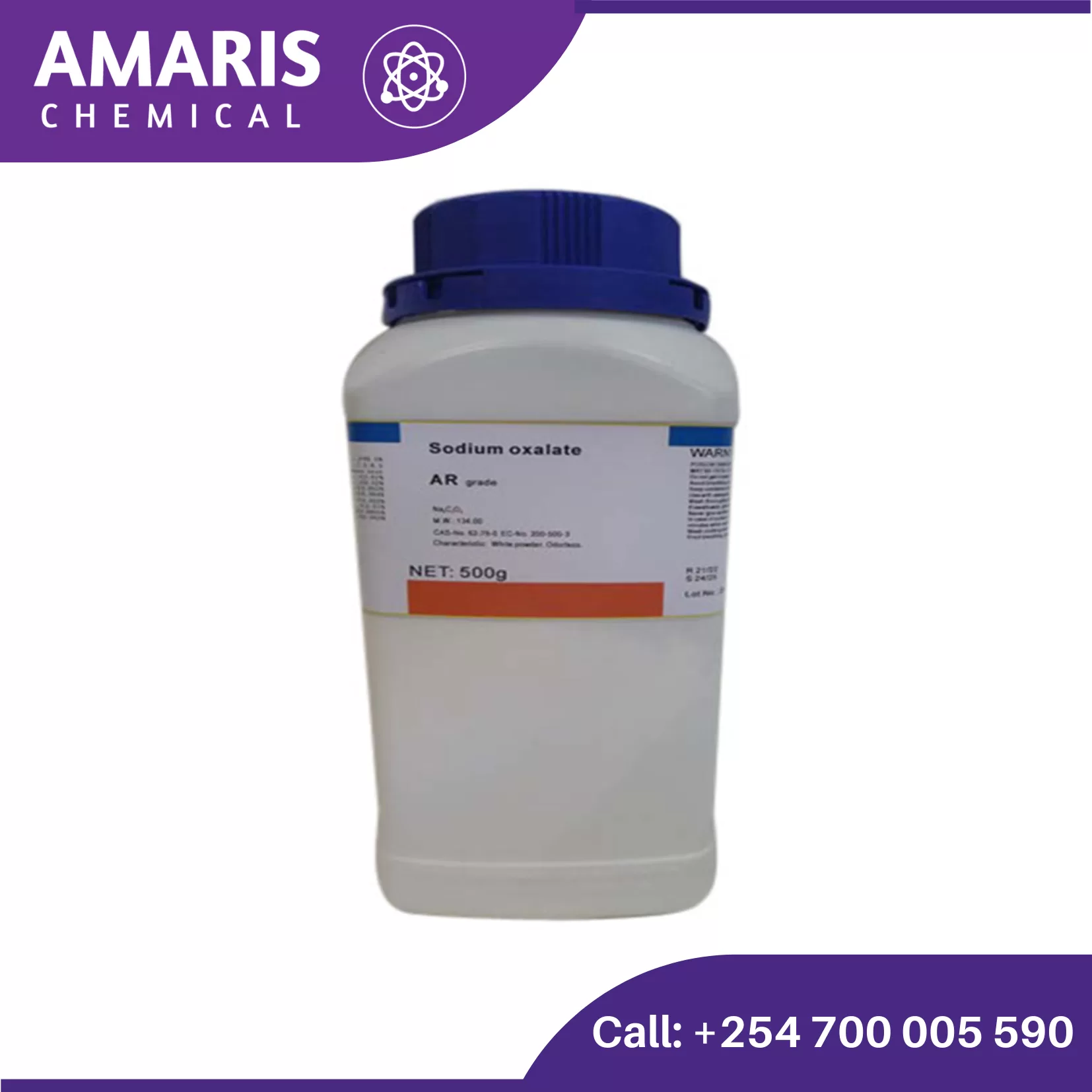
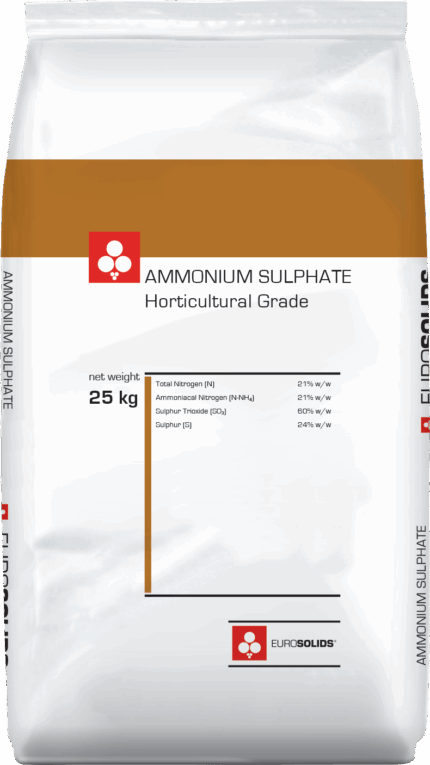
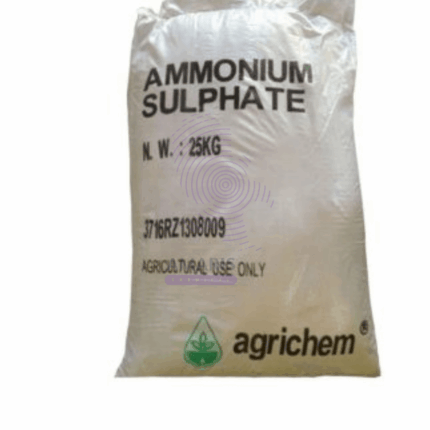
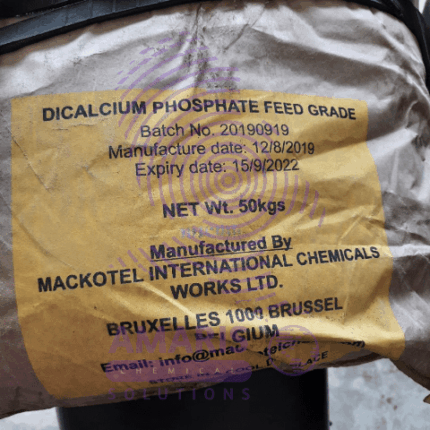
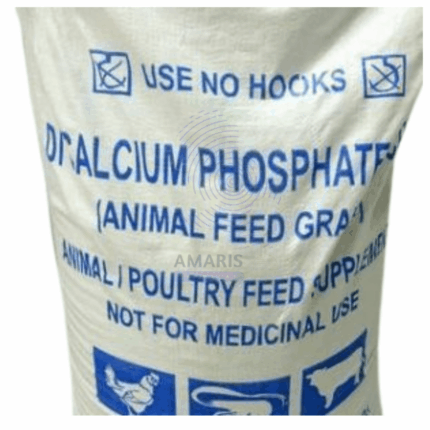
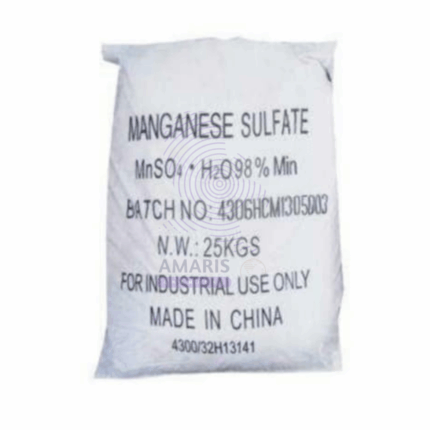
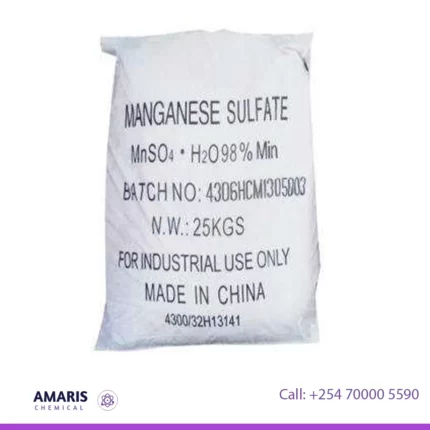
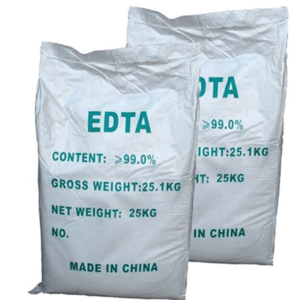
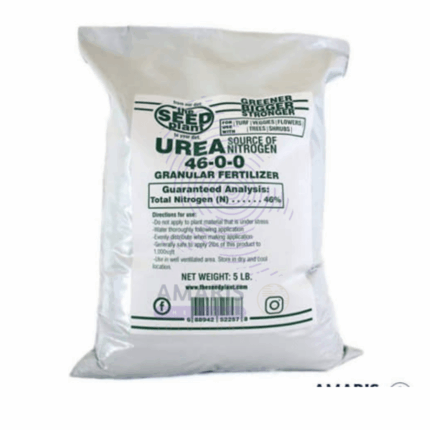
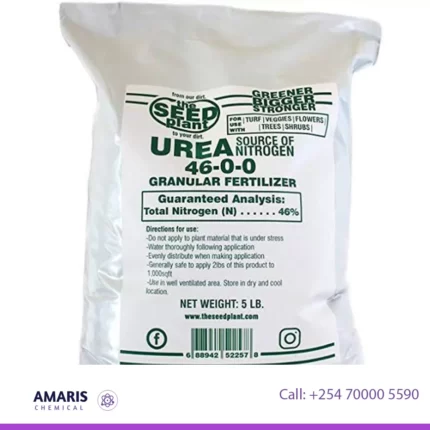
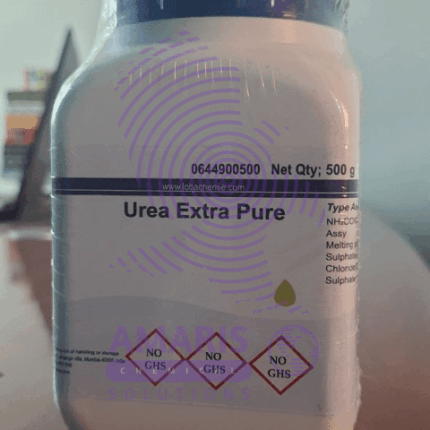
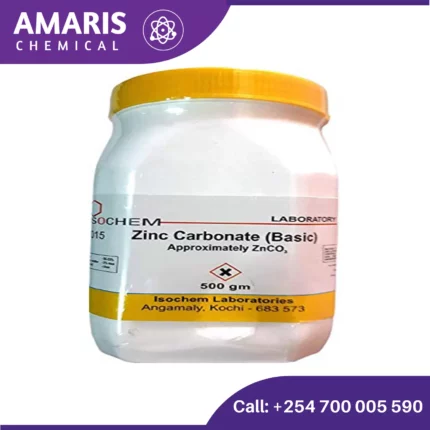
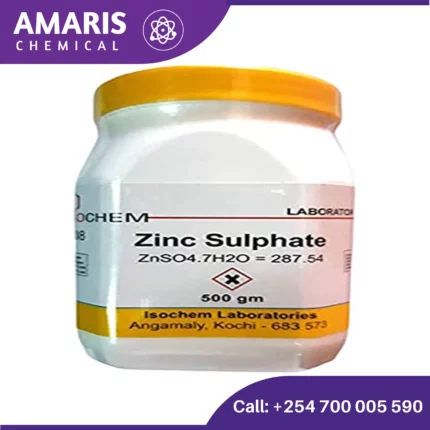







Reviews
There are no reviews yet.